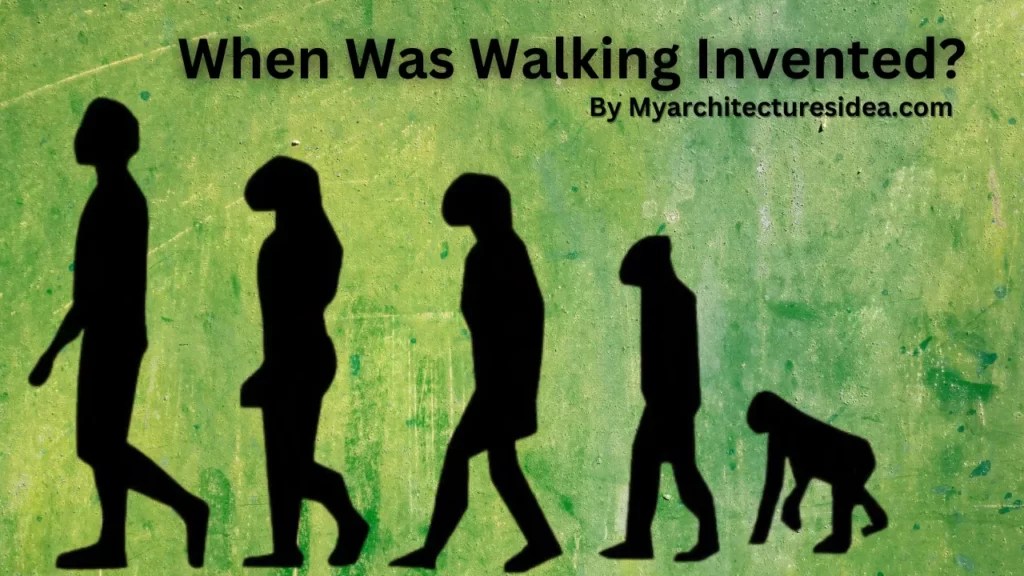Walking is an innate human ability, yet its origins are shrouded in mystery and intrigue. We often take for granted the simple act of putting one foot in front of the other, but the history of walking goes far beyond our daily routines. Understanding when walking was invented not only gives us insight into human evolution but also highlights the significance of this fundamental skill in our lives. As we explore the timeline of walking, we will delve into how this essential activity has shaped our experiences and our environment throughout history.
From our early ancestors to modern humans, walking has played a crucial role in our survival and development. The evolution of bipedalism, the anatomical adaptation that enables walking on two legs, marks a pivotal point in human history. This evolutionary leap allowed our ancestors to traverse long distances, hunt for food, and migrate to new territories. But when exactly did this remarkable transformation occur? Understanding the timeline of walking is vital not only for anthropologists and historians but also for anyone curious about the journey of humanity.
In this article, we will explore the question of when walking was invented, the various factors that contributed to our ability to walk upright, and what this means for our understanding of human evolution. We will also consider the cultural significance of walking and how it has evolved over time. So, let’s embark on this fascinating journey through the history of walking.
What Is the Evolutionary Significance of Walking?
Walking is more than just a mode of transportation; it is a hallmark of human evolution. The transition to bipedalism, which allowed our ancestors to walk upright, is believed to have occurred around 6 to 7 million years ago. This significant change had profound implications for our ancestors, including:
- Enhanced ability to spot predators and gather food.
- Freed hands for tool use and carrying objects.
- Increased energy efficiency over long distances.
When Was Walking Invented: The Timeline of Human Evolution
The journey to bipedalism was gradual and complex. Here are the key milestones in the timeline of walking:
- 6-7 Million Years Ago: Earliest known bipedal hominins, such as Sahelanthropus and Orrorin.
- 4.4 Million Years Ago: Ardipithecus ramidus shows evidence of both arboreal and bipedal capabilities.
- 3.2 Million Years Ago: Australopithecus afarensis, like the famous 'Lucy,' exhibits clear adaptations for walking.
- 2.5 Million Years Ago: Emergence of the genus Homo, which showcases advanced walking and tool-making abilities.
How Did Walking Shape Early Human Societies?
Walking played a vital role in the development of early human societies. The ability to walk upright allowed our ancestors to:
- Cover vast distances in search of food and resources.
- Establish social connections through migration and trade.
- Engage in cooperative hunting and gathering.
What Are the Health Benefits of Walking?
Walking is not only a fundamental aspect of human evolution but also has numerous health benefits for modern humans. Regular walking can:
- Improve cardiovascular health.
- Enhance mental well-being and reduce stress.
- Aid in weight management and overall fitness.
When Was Walking Invented: The Cultural Impact
Walking transcends mere functionality; it is deeply embedded in various cultures around the world. Different societies have celebrated walking through:
- Religious pilgrimages and spiritual journeys.
- Festivals and parades that emphasize communal walking.
- Literature and art that romanticize the act of walking.
How Has Technology Changed Walking?
In the modern age, technology has significantly transformed how we walk. Innovations such as:
- Wearable fitness trackers that encourage walking.
- Smartphone apps that promote walking challenges.
- Accessibility improvements like sidewalks and pedestrian zones.
These developments have made walking more enjoyable and accessible for everyone.
What Is the Future of Walking?
As we look to the future, walking remains a vital activity for health and well-being. With ongoing urbanization and the rise of sedentary lifestyles, promoting walking as a primary mode of transportation will be crucial. Initiatives aimed at creating walkable cities, coupled with the increasing popularity of walking for exercise, will help ensure that walking continues to be an integral part of human life.
Conclusion: Reflecting on the Invention of Walking
In conclusion, the question of when walking was invented is not a simple one. Bipedalism and the evolution of walking have occurred over millions of years, shaping our species in ways that extend far beyond mere locomotion. The cultural, health, and societal implications of walking emphasize its importance in our lives today. As we continue to embrace walking, we celebrate not only a fundamental human ability but also the rich history that has brought us to this point.
Are You Sure About That? Exploring Doubts And Certainties
Sao Paulo Blimp Crash: A Shocking Incident In The Skies
Exploring The Quirky Charm Of Tina From Bob's Burgers


